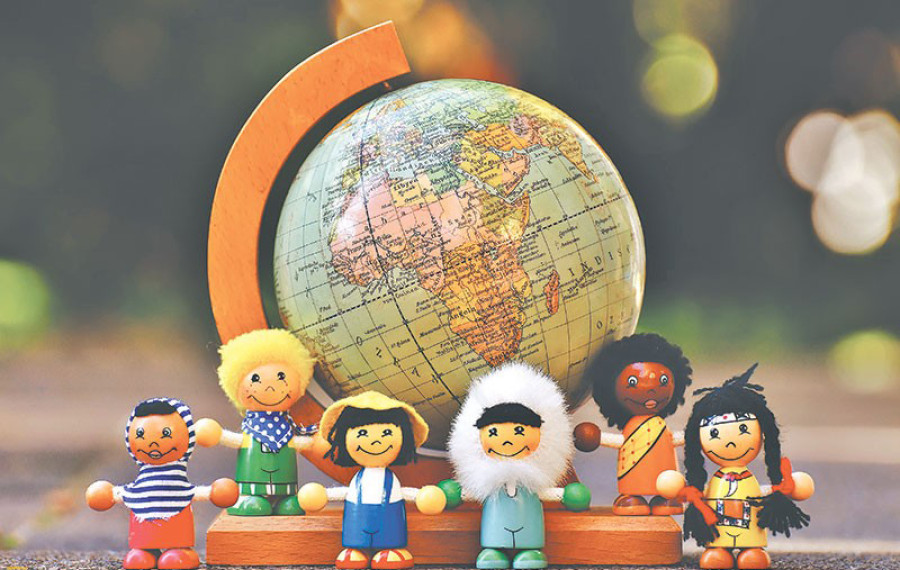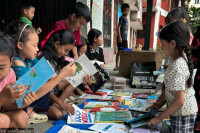Entertainment
The double life
When I was five years old, I took momos to school for lunch I was fairly new to the United States and had lived in the country for less than a year
Prasiddhi Gyawali
When I was five years old, I took momos to school for lunch. I was fairly new to the United States and had lived in the country for less than a year. Neither I nor my parents were really knowledgeable about how people would perceive our traditional food. But in my school, I heard my fellow schoolmates say that my food looked ‘gross’ and smelt ‘disgusting’. That incident left me feeling extremely embarrassed and for years, I refused to take the dish to school and accepted only the foods that were thought of as ‘normal’.
There is some of an identity struggle with children of immigrant parents or immigrant children. There is always the need to assimilate with the western culture, while at the same time, following your own traditions from your country of origin. When you need to simultaneously live ‘two lives’ in order to blend in with the western society, but also continue to follow your native traditions, problems with identity emerge.
The feeling that your name, your traditional garments, or even the food you eat is out of place, leads one to confusion—especially young children who are not as connected with their cultural identity and feel the need to conform to the people that surround them. I too have my share of personal experience.
I even used to purposefully say my name incorrectly so it was easier for others to pronounce. I’ve also seen children asking their parents to refer to their new names—names westernised by shortening them or adopting new names all together. It took me several years to realise that my name was a huge part of my identity and I should not try to make it different for the comfort of others.
I have seen kids who refuse to speak in their mother tongue, worried they could be considered belonging to elsewhere. Though this never happened to me, I’ve heard Nepali parents talk about how their children ask them not to talk in their native tongue because they are embarrassed about what people, who are not used to the language or any other foreign language would think.
Identity struggle in itself is a difficult thing to go through and it is exponentially worse when it is among young people who do not really have a strong connection with their identity. To ease this struggle, acceptance must be taught by parents. Learning that it is okay to be different and unique is very important to accept your cultural identity. It needs to be normalised in our homes and in our societies.
Parents need to understand what their child is going through and need to speak with them, and let them know that it is okay to be from a different cultural background. Accepting yourself for who you are and realising that it is something to be proud of is the most valuable lesson for any immigrant child.
I came to the US when I was four years old, and though I did go through some challenges in accepting my cultural identity in the beginning, I was fortunate enough to face that only for a short time. My parents understood the challenges that I was facing and helped me understand that my culture is something to be proud of. My culture is important to me and it is a major part of who I am. This feeling helped me overpower my internal struggle and fear of being judged by others. Now, I don’t have any qualms about taking momos for lunch. I speak Nepali at home and with the Nepali community, and English and Spanish with my friends. I pronounce my name correctly. I have started to accept the environment in this foreign land while at the same time embracing my roots. I feel much better now.
Gyawali is a grade 10 student at Sonoran Science Academy, the US




 21.12°C Kathmandu
21.12°C Kathmandu










